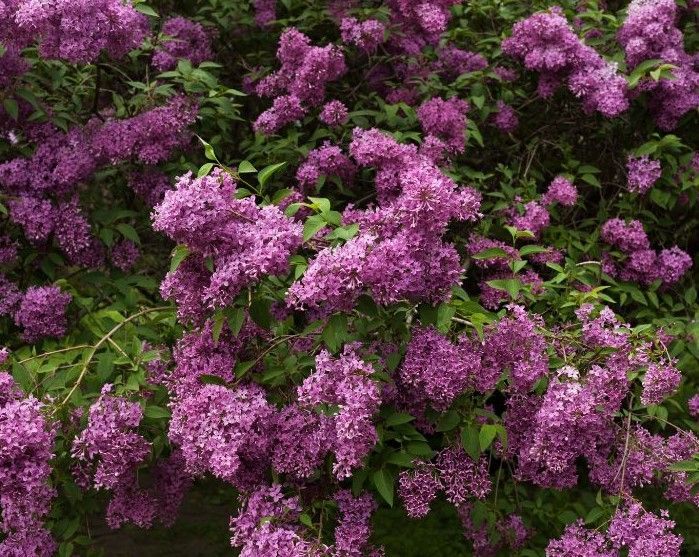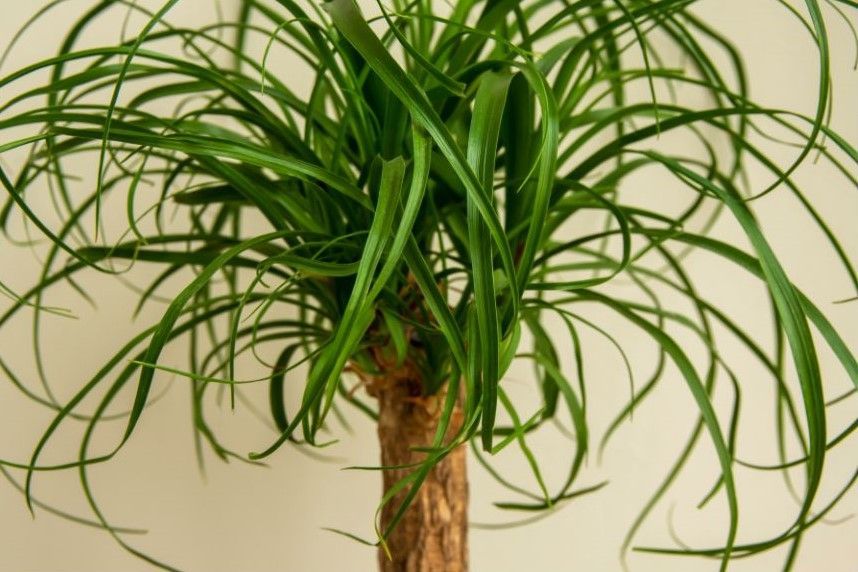How to Identify and Prevent Tree-Related Structural Damage
Trees are a beautiful and essential part of our landscape, offering shade, beauty, and a sense of tranquility. However, when trees are too close to our homes, they can pose hidden risks that may not become apparent until serious damage occurs. From roof damage to foundation cracks, the structural integrity of your home can be compromised by tree-related issues. Recognizing these signs early can prevent costly repairs and protect your home from potential hazards. In this article, we’ll explore how to identify tree-related structural damage and provide you with essential tips to safeguard your home. Stay informed and proactive to ensure that your home remains a safe and comfortable haven.
How to Spot Tree-Related Structural Damage to Your Home
- Inspect your roof for damage. Overhanging branches can cause significant damage to your roof. Look for missing shingles, dents, or punctures that could have been caused by branches rubbing against or falling onto the roof.
- Check for cracks in walls and foundation. Growing tree roots can exert pressure on your home’s foundation, leading to cracks in the walls, floors, or foundation itself. If you notice any new or widening cracks, especially near the base of your home, it could be due to encroaching tree roots.
- Look for water damage or leaks. Roots can damage underground pipes, leading to leaks that can cause water damage inside your home. Check for damp spots, mold, or musty odors, particularly in the basement or lower levels.
- Watch for uneven floors or doors. As tree roots grow, they can shift the ground beneath your home, leading to uneven floors, doors that stick, or windows that are difficult to open and close. These issues might indicate that roots are disturbing the structural integrity of your home.
- Monitor your chimney and exterior walls. Large trees close to your home can impact the chimney or exterior walls, causing them to lean or crack. If you notice your chimney tilting or cracks forming in the brickwork or siding, a nearby tree could be the culprit.
How to Prevent Tree-Related Structural Damage
- Regular tree maintenance. Schedule regular inspections and maintenance for trees near your home. Pruning branches that are too close to the roof or windows can prevent potential damage. A certified arborist can assess the health of the tree and recommend necessary actions.
- Promote tree health. Promote overall tree health through proper watering, fertilization, and pest management. Healthy trees are more resilient to stress and disease.
- Proper tree placement. When planting new trees, consider their mature size and root system. Avoid planting trees too close to your home, foundation, or utility lines. Choose species with root systems that are less likely to cause damage to structures.
- Install root barriers. Install root barriers to direct tree roots away from your home’s foundation and underground pipes. This can help prevent roots from exerting pressure on your foundation or causing pipe damage.
- Support systems. Install support systems like cables or braces for weak or structurally compromised trees. Consult with an arborist for proper installation.
- Monitor tree health. Keep an eye on the health of trees near your home. Look for signs of disease, pest infestations, or instability. Addressing these issues early can prevent further complications.
- Inspect and maintain gutters. Regularly clean and inspect gutters and downspouts to ensure they are free of debris. Blocked gutters can cause water to overflow, which can lead to roof and foundation damage, especially if tree branches are involved.
- Check for overhanging branches. Trim branches that hang over your home, especially those that could fall during a storm. Ensure that branches are kept at a safe distance from the roof and windows.
- Foundation inspections. Periodically inspect your home’s foundation for any signs of cracking or shifting. Early detection of foundation issues can help you address problems before they become severe.
- Consult a professional. If you’re unsure about the condition of trees near your home or need advice on preventive measures, consult a tree care professional. They can provide expert guidance on maintaining the health of your trees and protecting your property.
Conclusion
Facing structural damage to your home can be both daunting and unsettling. The potential for such damage from nearby trees adds another layer of complexity to maintaining a safe and secure living environment. However, by incorporating these preventive measures into your regular home maintenance routine, you can significantly reduce the risk of severe damage. From regular tree inspections and strategic pruning to installing root barriers and monitoring tree health, proactive steps can make a substantial difference. By staying vigilant and addressing issues early, you not only protect your home from costly repairs but also gain peace of mind knowing that you’re taking decisive action to prevent potential problems. Remember, a well-maintained tree is less likely to cause damage, and a prepared homeowner is better equipped to handle any challenges that arise. Don’t wait for a crisis—integrate these practices into your routine and safeguard your home today.

Sign up for monthly newsletters!
From easy tree care practices to fun DIY projects, we've got something for everyone.

Interested in what we can do for you?
Call us at 610-648-0404 or book an appointment online.

Sign up for monthly newsletters!
Get our latest articles, delivered right to your inbox. No spam, ever.
Check out the latest...
Sign up for monthly newsletters!
From easy tree care practices to fun DIY projects, we've got something for everyone.






WHAT WE DO
WHO WE ARE
Join the Tree Society newsletter
Get monthly articles on the latest in the tree care industry, curated by people deeply passionate about environmental stewardship.



